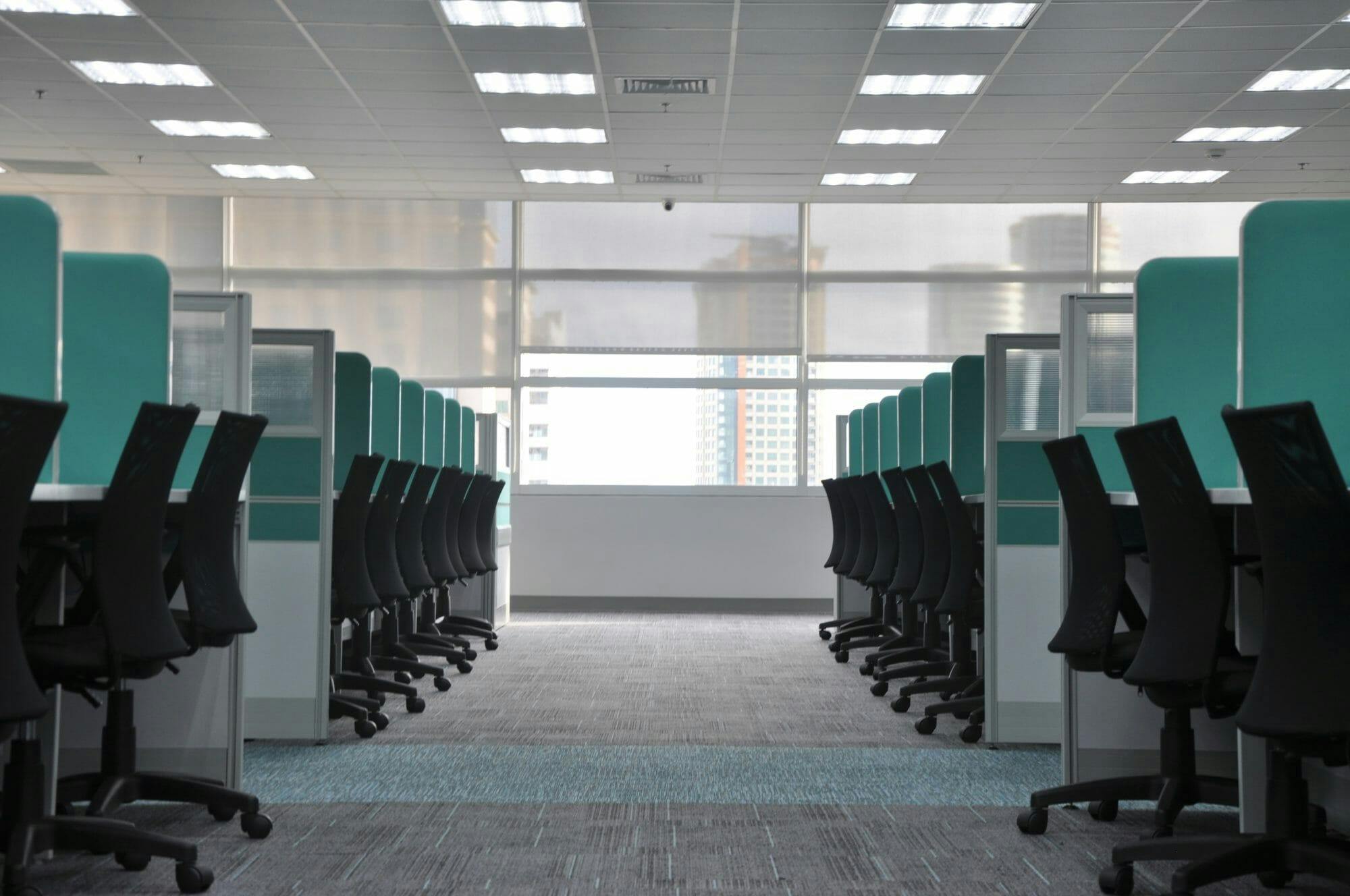Given the high cost of recruiting and training top talent, HR professionals are continually looking for ways to optimize the employee experience. One effective, yet often-overlooked, approach is to create a flexible and agile work environment through smart space utilization. While the real estate footprint may be determined by cost, how a space — and the resources within it — is designed, used and accessed by employees can impact productivity, collaboration, and even employee satisfaction.
Following are five best practices for using space to improve the employee experience:
1. Create a flexible environment
Data shows that workers desire flexible environments that enable them to work, however, whenever and wherever they choose. Businesses around the world see the value in flexibility, with 62% of them offering flexible work environments, according to IWG’s Global Workplace Survey. The survey also says 67% of business leaders believe flexibility in the workplace can improve productivity by at least 20%. Workers are also on board – IWG found that 80% of job candidates when faced with two similar employment offers, would choose the one that enables more flexibility. Offering greater choice in when, where, and how work gets done is becoming a must-have for attracting and retaining top talent.
In creating a more flexible environment, we must use data to guide decision-making (as opposed to assumptions). This includes data on which spaces are most and least popular, who is using what resources, and engagement data. Creating a flexible environment requires HR to collaborate with facilities and IT departments to develop a more positive workplace experience in 2020 and beyond.
2. Give employees control over their workspaces
This study from Craig Knight and Alexander Haslam at the University of Exeter showed that popular approaches to office space design often overlook the psychological needs of employees. They demonstrated that most organizations are missing out on the benefits that accrue when employees are included in decisions about their workspaces. The research showed that people who are included in the design of their spaces come to identify both with that space and with the organization itself. They become happier and healthier, as well as 32% more productive as a result. Conversely, when employees have space changes thrust upon them, they feel disempowered and are more likely to have a negative view of the change and overall organization.
3. Own more of the workspace decisions/design
HR professionals must become more involved in workspace decisions/design as “place identity,” or how people feel about their workplace, plays a greater role in effective workplace design. Studies have found that as we become attached to places, we start to identify with them. Winston Churchill noted this, saying, “We shape our buildings; thereafter, they shape us,” and researchers Brandi Pearce and Pamela Hinds claim that when employees identify with a space, they’re more engaged, more communicative with peers and feel a stronger sense of connection to the company. Since the office environment impacts how people view themselves – as well as the overall organization – it’s important that HR collaborate with other departments to consider the end-to-end employee journey and the impact the workspace has on ‘people’ outcomes.
4. Continually assess, analyze, and adapt
With real estate costs at a premium in many cities, most management team members recognize the necessity of optimizing space. A recent report from Unwired Ventures and Plow Consulting found that 30% of meeting space is typically wasted due to “no-shows,” which occur when employees fail to show up for the room and desk bookings they have reserved. Collaboration and productivity suffer as a result since these spaces cannot be used by those who need them at the time they are required. Consider, for example, a team that has to postpone a brainstorming meeting for a project’s kickoff, because no space was available. Yet, due to a last-minute cancellation, a room was sitting unused. This kind of waste – where people can’t find the space they need, while rooms quietly sit empty – can cause project delays, negatively impacting collaborative velocity: the pace at which collaborative work gets done. Space utilization tools can help identify and reduce these “silent killers” that waste valuable resources and damage the employee experience.
5. Create a more engaging, productive workspace
Employee satisfaction, engagement, and overall employee experience have a profound impact on productivity. Collecting and overlaying space utilization data onto other datasets, such as engagement data, can reveal correlations that enable you to tweak your spaces to increase engagement. Those tweaks can lead to higher productivity and even improved customer satisfaction. Researchers at Harvard Business School and Cornerstone OnDemand found that improving productivity can be as simple as rearranging seating charts; in one organization changing who sat next to whom increased workers’ performance by 15%, adding $1 million annual profit to the bottom line. Another study found that salespeople at a Korean e-commerce company were able to increase the number of new agreements with suppliers by 25% when they sat next to new people.
Visionary Steve Jobs also used strategic seating techniques to create opportunities for collaboration and employee connectivity. Jobs thought that one way to ensure this “planned serendipity” would be to design Pixar’s workspace so that everyone had to use the same central bathrooms, increasing the likelihood that people would bump into one another, sparking spontaneous conversations.
By focusing on flexibility and giving workers control over their workspaces, HR professionals create a better overall employee experience, which can improve talent attraction and retention. Ultimately, that will help organizations reach the high-level profit and growth goals that today’s CEOs are striving for. Positive interactions – whether with people, spaces, or things – and experiences that reflect shared values and promote flexibility, create an agile, collaborative, and high-performance culture. By working closely with facilities and IT teams, HR can deliver a game-changing experience.
